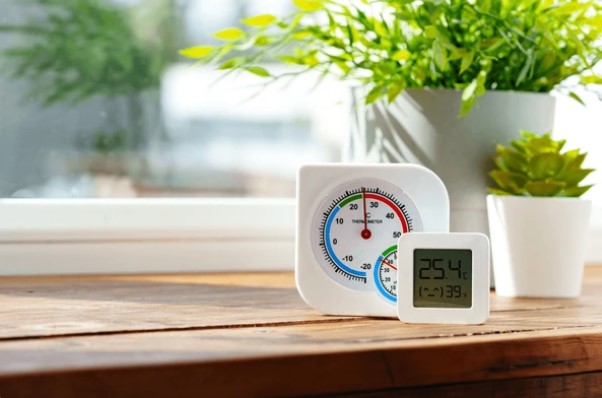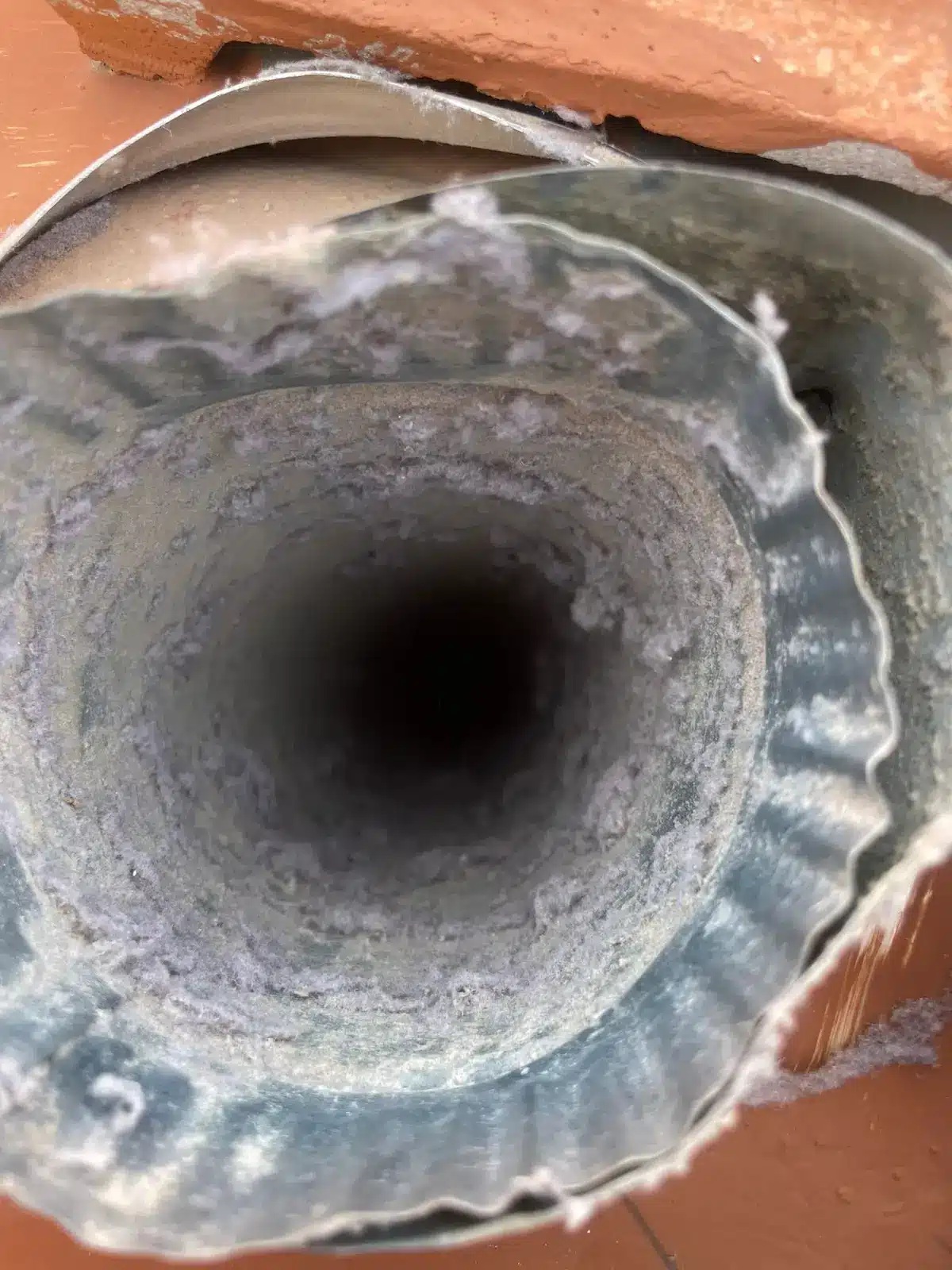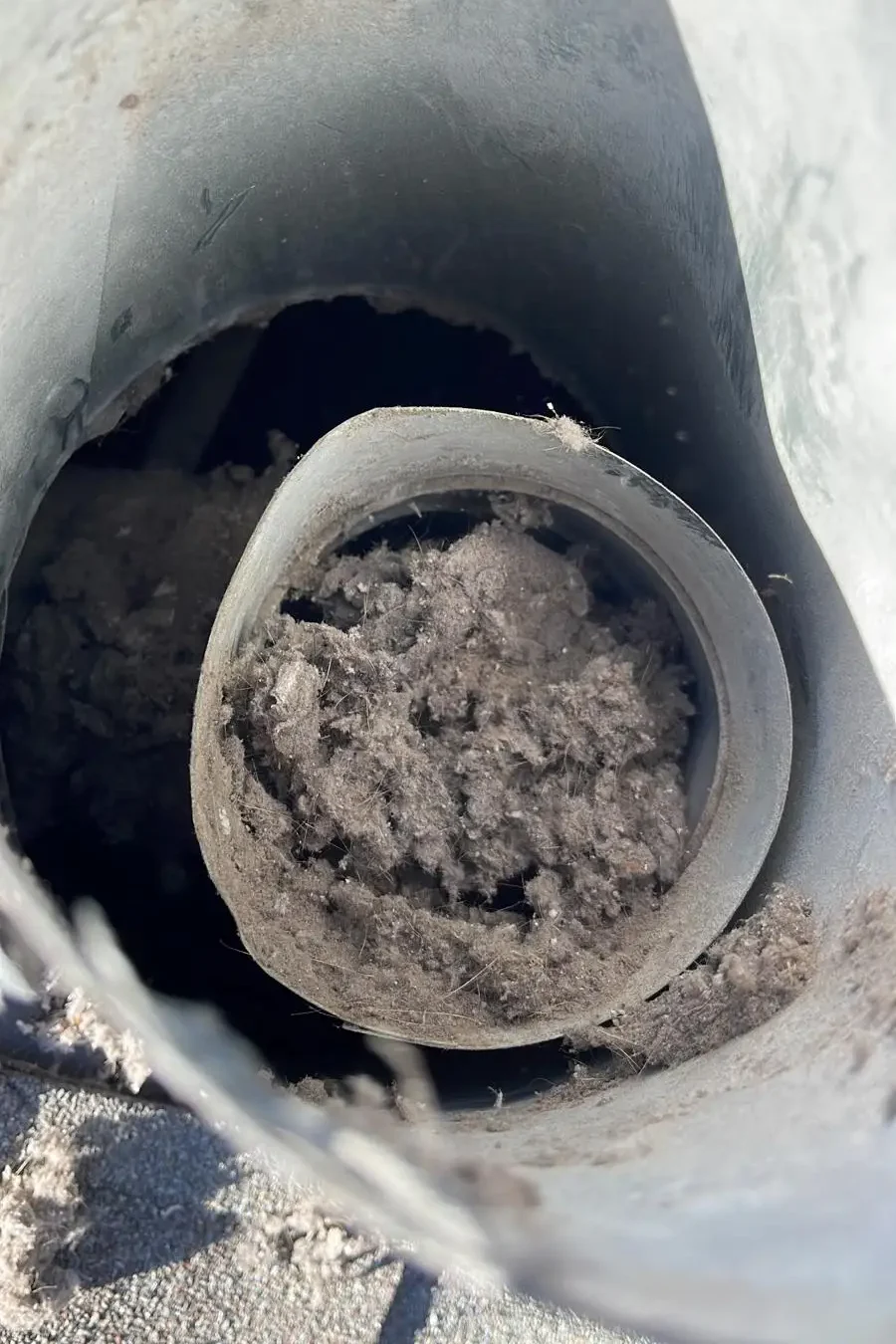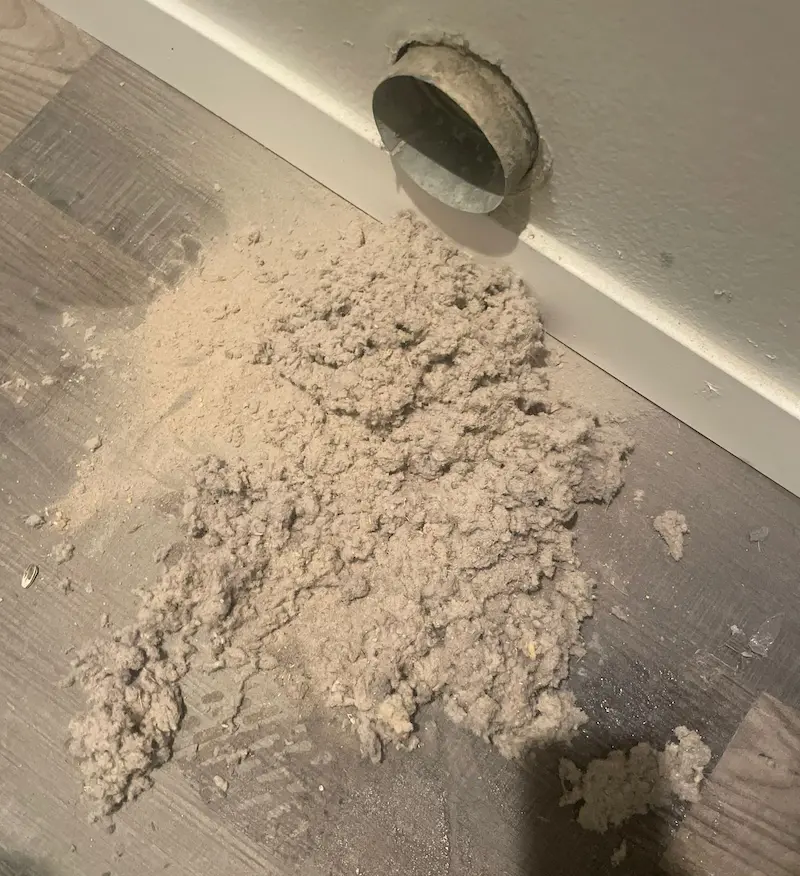Indoor Air Quality Checklist: How to Improve the Air You Breathe at Home
Your home is where you spend a lot of your time, and the air inside it plays a big role in your health and comfort. Poor indoor air quality can cause a range of issues, from allergies and asthma flare-ups to headaches and fatigue. Dust, pet dander, mold, and other pollutants can build up in your home, making it harder to breathe and potentially leading to health problems.
In this article, we’ll provide an indoor air quality checklist to help you improve the air in your home. These simple steps can make a big difference in the air you breathe, ensuring that you and your family stay healthy and comfortable. Whether you want to take a few simple actions or do a deep dive into improving your home’s air quality, this guide will give you all the tools you need.
Why Indoor Air Quality Matters
Indoor air quality refers to the cleanliness and overall health of the air inside your home. It’s influenced by several factors, including dust, humidity, pollutants from cleaning products, and even the condition of your HVAC system. When the air quality in your home is poor, it can lead to various health problems such as:
- Allergic reactions: Pollutants like pollen, mold, and pet dander can trigger allergies.
- Respiratory problems: Exposure to dust and other airborne irritants can cause asthma attacks or worsen existing respiratory issues.
- Fatigue and headaches: Poor ventilation and trapped pollutants can cause tiredness and frequent headaches.
- Skin issues: Dry or polluted air can lead to irritated skin or rashes.
Good indoor air quality helps prevent these problems and promotes overall well-being. Now, let’s look at a checklist to help you maintain or improve the air quality in your home.
Indoor Air Quality Checklist: Simple Steps to Cleaner Air
- Change Your Air Filters Regularly- Your HVAC system’s air filters trap dust, pollen, and other particles from the air. Over time, these filters can get clogged and lose their effectiveness. Make sure to check your air filters every 1-3 months and replace them as needed. If you have pets or suffer from allergies, you may need to replace the filters more often.
- Keep Your Ducts Clean- Dirty ducts can circulate dust, mold, and other pollutants throughout your home, making the air quality worse. Regular duct cleaning ensures that dust and debris are removed from your HVAC system. A professional air duct cleaning from American Air Duct Services can help keep your ducts clear and your air fresh.
- Use an Air Purifier- Air purifiers can help remove particles from the air that your HVAC system might miss. These devices are especially useful for people with allergies or asthma. Place air purifiers in bedrooms and living rooms to help filter out dust, pollen, and pet dander. Make sure to choose a purifier with a HEPA filter, as it’s designed to capture tiny particles in the air.
- Control Humidity Levels- Too much moisture in the air can encourage mold and mildew growth, which can lead to poor air quality. On the other hand, air that’s too dry can cause discomfort, dry skin, and even respiratory issues. Aim to keep your indoor humidity levels between 30-50%. Using a dehumidifier in damp areas like the basement or bathroom can help, and a humidifier can add moisture to dry rooms in winter.
- Ventilate Your Home Properly- Good airflow is key to maintaining healthy indoor air quality. Open windows when the weather allows, and use exhaust fans in kitchens and bathrooms to remove moisture and odors. Proper ventilation helps keep the air fresh and prevents the buildup of pollutants. If your home doesn’t get much natural airflow, consider using fans or installing a whole-house ventilation system.
- Eliminate or Reduce Chemical Pollutants- Many cleaning products, paints, and other household products release chemicals into the air, contributing to indoor air pollution. Try to choose natural cleaning products or those labeled as low in volatile organic compounds (VOCs). Avoid smoking indoors, as tobacco smoke is a major source of air pollution. Also, ensure that your home is well-ventilated when using strong chemicals or paints.
- Address Mold and Mildew Issues- Mold and mildew thrive in damp areas like basements and bathrooms. Not only do they make your home smell bad, but they also release spores into the air that can affect your health. If you find mold or mildew in your home, clean it up immediately using a mixture of water and vinegar or a commercial mold cleaner. If the problem is extensive, it may be worth calling a professional to remove the mold and address any moisture issues.
- Keep Floors and Carpets Clean- Carpets, rugs, and floors can trap dust, pet dander, and other allergens, which can affect your indoor air quality. Regularly vacuum your floors with a vacuum cleaner that has a HEPA filter to trap the dust and debris. If you have carpets, consider steam cleaning them every 6-12 months to remove built-up dirt and allergens.
- Add Houseplants to Your Home- Houseplants are not just pretty—they can also help improve air quality by absorbing carbon dioxide and releasing oxygen. Certain plants, like spider plants, peace lilies, and snake plants, are known to purify the air by absorbing toxins and pollutants. Adding a few plants around your home can help freshen the air and create a healthier environment.
- Check for Carbon Monoxide- Carbon monoxide (CO) is a colorless, odorless gas that can be very dangerous if it builds up in your home. It can come from gas appliances, such as stoves or water heaters, or from a malfunctioning furnace. Install carbon monoxide detectors in your home, especially near bedrooms, to keep an eye on CO levels. If your detector goes off, immediately ventilate the area and call a professional to inspect your appliances.
Why Choose American Air Duct Services?
Improving your indoor air quality is an ongoing process, and some tasks are best handled by professionals. American Air Duct Services specializes in air duct cleaning, HVAC maintenance, and other services that can help you maintain clean, healthy air in your home. We use the latest equipment and techniques to ensure that your air ducts are free from dust, mold, and allergens, making it easier for you to breathe easy.
Whether you need a quick duct cleaning or want to improve the overall air quality in your home, our team is here to help. We pride ourselves on offering fast, reliable service and providing our customers with the best air quality solutions.
Don’t Wait – Clean Those Air Ducts Today!
Are you ready to improve the air you breathe at home? Contact American Air Duct Services today to schedule an air duct cleaning or to learn more about how we can help you achieve cleaner, healthier indoor air. Call us now for a free consultation and take the first step toward better indoor air quality!




